Switching power supply is a kind of power supply that uses modern power electronics technology to control the ratio of time when the switch is turned on and off, and maintains a stable output voltage. The switching power supply is generally composed of a pulse width modulation (PWM) control IC and a MOSFET. With the development and innovation of power electronics technology, switching power supply technology is constantly innovating. At present, switching power supplies are widely used in almost all electronic devices due to their small size, light weight and high efficiency. It is an indispensable power supply method for the rapid development of the electronic information industry. Switching power supply products are widely used in industrial automation control, military equipment, scientific research equipment, LED lighting, industrial control equipment, communication equipment, power equipment, instrumentation, medical equipment, semiconductor refrigeration and heating, air purifiers, electronic refrigerators, liquid crystal displays, LED Lighting, communication equipment, audio-visual products, security monitoring, LED lights, computer chassis, digital products and instruments. The Schottky diode is a metal-semiconductor device in which a noble metal (gold, silver, aluminum, platinum, etc.) A is a positive electrode, and an N-type semiconductor B is a negative electrode, and a barrier formed on the contact surface thereof has a rectifying property. Since there are a large number of electrons in the N-type semiconductor, and there is only a very small amount of free electrons in the noble metal, the electrons diffuse from the high concentration B to the low concentration A. Obviously, there is no hole in the metal A, and there is no diffusion movement of holes from A to B. As electrons continue to diffuse from B to A, the electron concentration on the B surface gradually decreases, and the surface electrical neutrality is destroyed, thus forming a potential barrier whose electric field direction is B→A. However, under the action of the electric field, the electrons in A also produce a drift motion from A→B, thereby weakening the electric field formed by the diffusion motion. When a space charge region of a certain width is established, the electron drift caused by the electric field and the electron diffusion motion caused by the difference in concentration reach a relative balance, and a Schottky barrier is formed. The internal circuit structure of a typical Schottky rectifier is based on an N-type semiconductor on which an N- epitaxial layer using arsenic as a dopant is formed. The anode is made of a material such as molybdenum or aluminum to form a barrier layer. Silica (SiO2) is used to eliminate the electric field in the edge region and increase the withstand voltage of the tube. The N-type substrate has a small on-state resistance, and its doping concentration is 100% higher than that of the H-layer. An N+ cathode layer is formed under the substrate to reduce the contact resistance of the cathode. By adjusting the structural parameters, a Schottky barrier is formed between the N-type substrate and the anode metal as shown. When a forward bias is applied to both ends of the Schottky barrier (anode metal is connected to the positive electrode of the power supply, and the N-type substrate is connected to the negative electrode of the power supply), the Schottky barrier layer is narrowed, and the internal resistance becomes small; When a reverse bias is applied across the Schottky barrier, the Schottky barrier layer becomes wider and its internal resistance becomes larger. In summary, the structural principle of the Schottky rectifier is very different from that of the PN junction rectifier. The PN junction rectifier is usually called a junction rectifier, and the metal-semiconductor rectifier is called a Schottky rectifier. Aluminum-silicon Schottky diodes fabricated using a silicon planar process have also been introduced, which not only saves precious metals, significantly reduces costs, but also improves parameter consistency. A Schottky diode is a hot carrier diode. Schottky diodes, also known as Schottky barrier diodes, are low-power, ultra-high-speed semiconductor devices. Schottky diodes are widely used in inverters, switching power supplies, drivers, etc. as low-voltage, high-frequency, High-current rectifier diodes, protection diodes, free-wheeling diodes, etc., Schottky diodes are used as rectifier diodes and small signal detection diodes in circuits such as microwave communication. So what is the role of Schottky diodes in Wuhan office furniture? The following is a small series of introductions for Schottky diodes. home devices! Quality Assurance! You can choose from hundreds of categories! Click to view》》 Schottky diode - principle The Schottky diode is made of noble metal gold, aluminum, silver, platinum, etc. A as the positive electrode, N-type semiconductor B as the negative electrode, and then using the barrier formed between the contact faces of the two, a metal semiconductor having rectifying characteristics. Device. Schottky diodes Because of the large amount of electrons in the N-type semiconductor, and only a small amount of free electrons in the noble metal, the electrons in the Schottky diode diffuse from a high concentration B to a low concentration A. There is no hole in the Schottky diode metal A, and there is no diffusion movement of holes from A to B. As the electrons in the Schottky diode continue to diffuse from B to A, the surface electron concentration of B gradually decreases, and the surface is electrically neutrally destroyed, thus forming a barrier. Schottky diode - advantages Schottky diodes have the advantages of high switching frequency and low forward voltage. However, the reverse breakdown voltage of Schottky diodes is relatively low, generally not higher than 60V, and the maximum is only about 100V, which limits Schottky. The range of applications for diodes. In the secondary of the transformer, the high-frequency rectifier diode of 100V or more, the switching power supply and the power factor correction circuit are used in the freewheeling diode and the RCD snubber circuit. The high-speed diode between 600V and 1.2kV is used, and the PFC is used for boosting 600V. In the case of diodes, etc., only fast recovery epitaxial diodes and ultra fast recovery diodes are used. Nowadays, Schottky diodes have made breakthroughs. 150V and 200V high voltages have been put on the market, and Schottky diodes with more than 1kV made of new materials have also been successfully developed. Schottky diode - action Schottky diode, also known as Schottky barrier diode (SBD), is a low-power, ultra-high-speed semiconductor device. The most notable feature of Schottky diodes is that the reverse recovery time is extremely short and the forward voltage drop is only about 0.4V. Schottky diodes are widely used as high-frequency, high-current rectifier diodes, low-voltage, free-wheeling diodes, protection diodes, small-signal detection diodes, and microwave communication circuits. Schottky diodes are common in communication power supplies, frequency converters, and the like. The Schottky diode is clamped in the switching circuit of the bipolar transistor by connecting a diode. Schottky diodes - features Since the Schottky diode base barrier height is lower than the PN junction barrier height, the Schottky diode forward conduction threshold voltage and forward voltage drop are both lower than the PN junction diode. Since the Schottky diode is a majority carrier conductive device, there are no problems such as minority carrier lifetime and reverse recovery. The reverse recovery time of the Schottky diode is only the charge and discharge time of the Schottky barrier capacitor, which is completely different from the reverse recovery time of the PN junction diode. Due to the low reverse recovery charge of Schottky diodes, Schottky diodes have extremely fast switching speeds and minimal switching losses, making them ideal for high frequency applications. Schottky diodes - applications The structure and characteristics of the Schottky diode make it suitable for high frequency rectification in low voltage, high current output applications, etc., for detection and mixing at high frequencies. Schottky diodes are used as clamps in high speed logic circuits. . Schottky diodes are also commonly used in ICs and are also widely used in high speed computers. In addition to the characteristic parameters of a common PN junction diode, the electrical parameters of the Schottky diode for detection and mixing also include the intermediate frequency impedance, which is the impedance exhibited by the Schottky diode to the specified intermediate frequency when the rated local oscillator power is applied. The above is a small introduction to the Schottky diode specific introduction, I hope to learn from everyone. The converter converts the DC voltage or current into a high-frequency square wave voltage or current, which is boosted or stepped down by the transformer, and then converted into a DC voltage or current by rectification and smoothing filtering, and an output rectifying and filtering circuit is provided at the output end of the transformer. The DC-converted voltage is rectified and filtered to obtain a stable output. Because the rectifier diode D has a reverse recovery time, it will cause a large peak current at the turn-on instant, which not only increases the power consumption of the D itself, but also causes the switch tube to flow excessive surge current, increasing the turn-on instant. Power consumption. Generally, a fast recovery diode or a Schottky diode is used as a rectifier diode. When a back pressure is applied across the output rectifier diode, a large inrush current is generated due to the charge stored in the diode, so that the diode and the output voltage will be There is a lot of noise. Connected to an RC circuit on the rectifier diode to absorb the above interference and effectively prevent surge Original Electronics Technology (Suzhou) Co., Ltd. , https://www.original-te.com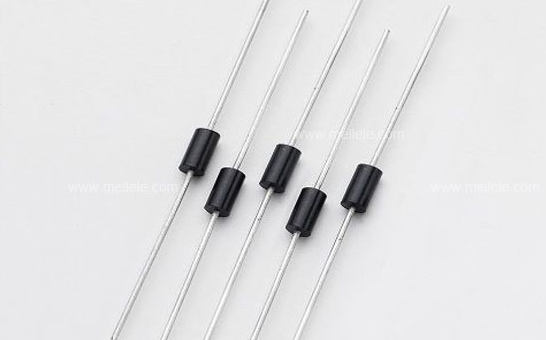
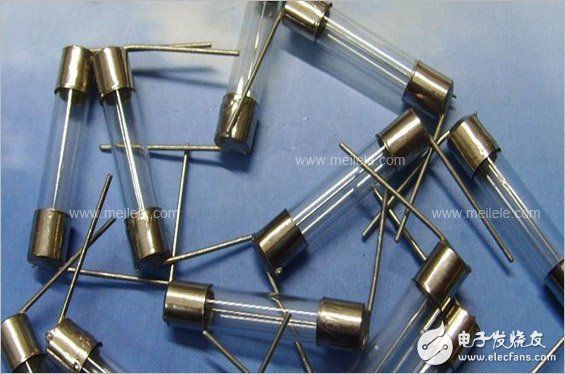
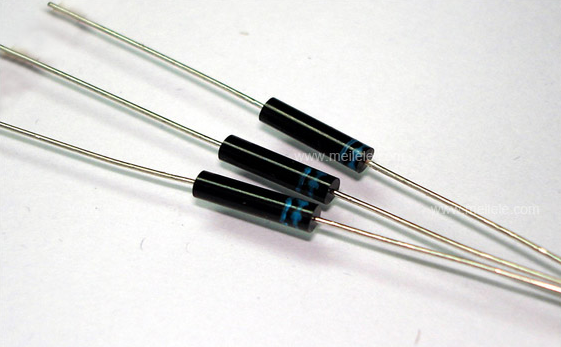
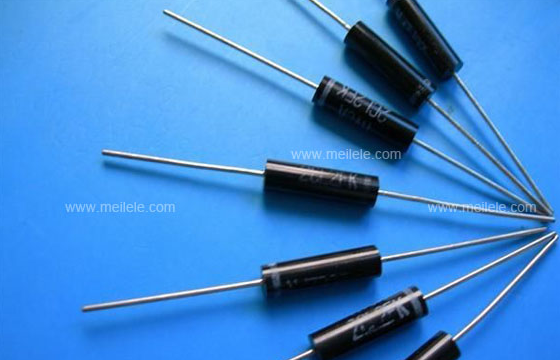
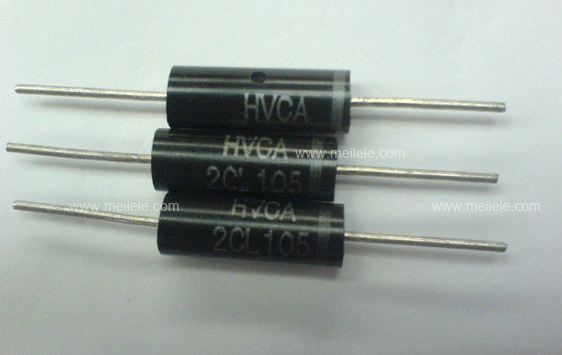
The role of Schottky diodes in switching power supplies
Switching power supply